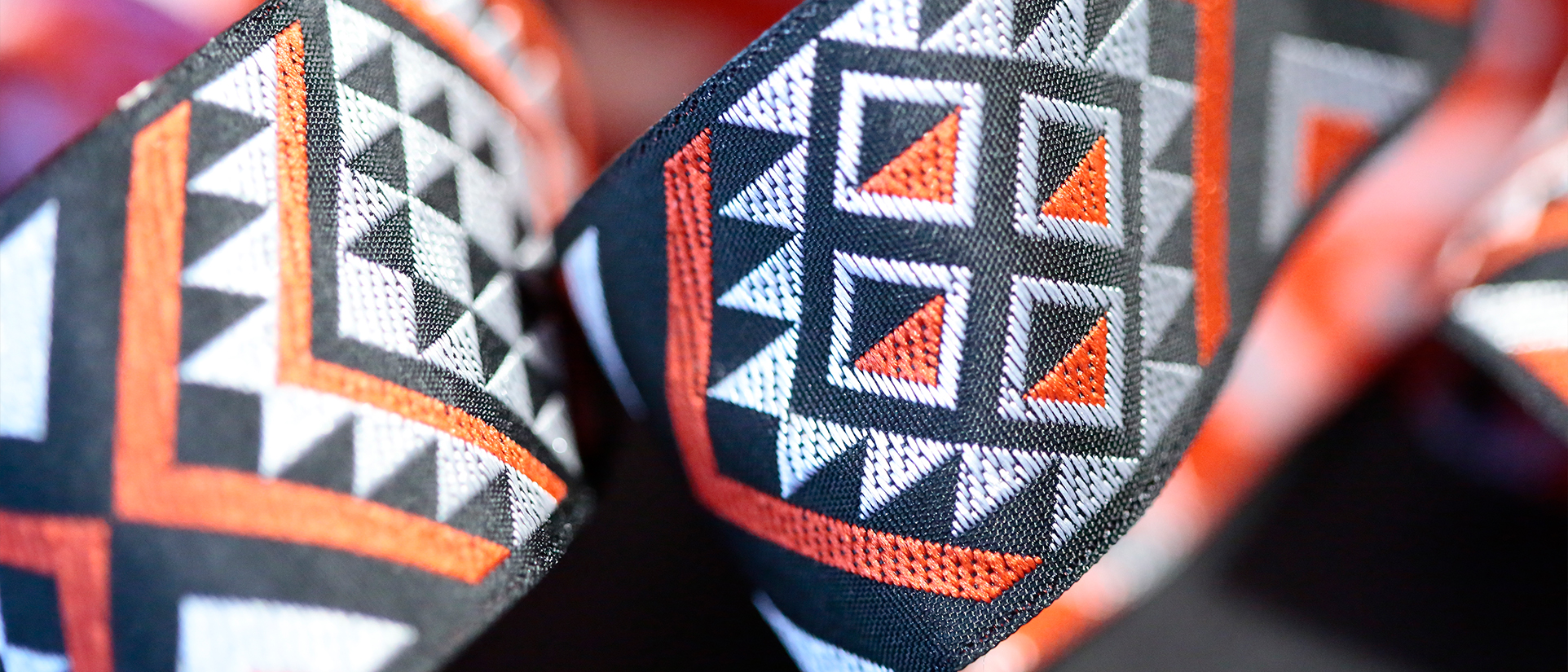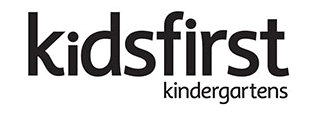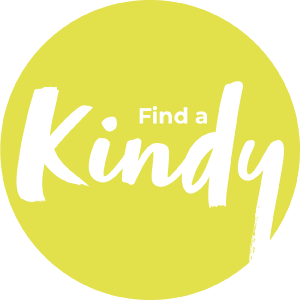
Ways to bring te reo Māori to everyday life
Keen to bring more te reo Māori into your life? It could be as easy as sticking some post-it notes on your fridge or bathroom mirror.
In recent years, there has been a renewed focus on the importance of te reo Māori and its significance to the history and culture of New Zealand. At kindergarten, tamariki are encouraged to practice their language skills and show appreciation for the language in their everyday learning, and by taking part in various cultural events celebrated throughout the calendar year.
Bringing the learning home, and practicing te reo beyond the kindergarten gates gives your child an opportunity to grow their confidence – you may even pick up a kupu (word) or two for yourself.
Kidsfirst Pouhere Ako, Jasmin Ngawai, says learning te reo Māori can help lay the foundations for a better understanding of our own country, and the world, no matter our age.
"Learning te reo is important because it’s a huge part of New Zealand’s heritage – after all, it was the first official language spoken here. It’s essential to make an effort to embrace other cultures – especially when they are so significant. Understanding different customs and traditions provides rich knowledge and helps broaden perspectives on the world. If people limit themselves to just one language and one culture, it’s limiting their understanding of what’s out there.”
Jasmin says kindergarten-aged children are more willing to engage in new languages, “There are often more barriers later in life, but at kindergarten tamariki will learn any language you give to them, and really immerse themselves in it. They gain increased self-esteem and confidence as they go.”
It’s not only the Māori language that is important, as Kidsfirst The Bays Teacher, Roseanne Taurima, explains.
“Te reo Māori is so heavily integrated into our society now, and its usage is continuously growing. We also learn so much from Māori traditions, like whanaungatanga and manaakitanga – we talk about ideas like this every day at kindergarten.”
She says the use of te reo and tikanga Māori supports children to connect with their own identity, and the land.
“It builds connections between the community, iwi, and tamariki, and allows them to feel closer to our heritage and the land. Practising the language reinforces our whakapapa – the idea of genealogy and where we come from. The most important aspect is giving them a greater sense of belonging, even if this isn’t their direct heritage. Knowing how to speak a little bit of te reo is going to help them connect better with another child.”
She says this can also strengthen their sense of well-being, “It teaches them how to care for one another and how to respect where we have come from, as much as where we are going. It helps to make the learning experience more well rounded.”
The kindergarten years are the perfect time for tamariki to improve their te reo skills, helping them grow as learners as they discover more about their own capabilities.
“It's easier for young children to learn more languages because their cognitive ability understands how the process works during the early years. They start to connect the words, concepts, and ideas together, which flows on to learning in all areas.”
Roseanne says becoming more familiar with the everyday te reo words used at kindergarten can also help foster a sense of belonging for tamariki who don’t have English as a first language.
“Learning about Māori language and customs helps all of us discover more about our country. There are a lot of words that are intertwined into the learning here, so it’s a great way to get familiar with the language and culture.”
Roseanne says integrating te reo at home can start small, “Learning a mihi is a great way to encourage tamariki to take the learning home. It can be as basic as where they live, what their name is, what mum and dad's names are, and the names of siblings. It’s a way to connect back to things taught at kindergarten and the idea of family.”
“It can be useful to print our words and write a label that has both the English and Māori versions. Often you’ll walk past and see the reminder, then instinctively start to remember the words.” These visual cues can be helpful in building up vocabulary over time, and that all adds up.
“Try putting notes on the fridge or in the bathroom where you’ll see them a few times a day. Eventually you’ll recognise the words to a point where you could just have the te reo, and you’ll know what it means. That's an interesting way for people to practice at home, without having to spend too much time or energy doing it.”
Repetition is the key. “It can also be useful to have one sentence that you're learning and paste little words into it, like ‘how are you?’ then you would put into it, ‘i’m good, how are you?’. Seeing it again and again helps you learn. Then, if you take away the bits you know, and do it in small segments at a time, it solidifies what you’re learning and helps you build your vocabulary.”
Roseanne says improving your te reo skills only requires one small step at a time.
“Most people are time poor, so it can be hard to fit it all in, but doing simple things like that will engage everyone in the household and make it feel like it’s not a chore. You don’t need to go to a course or spend hours practicing every week, but by having small prompts around you, you will eventually build up skills.”
If you want to learn alongside tamariki, Roseanne says, make the process interactive, “At kindergarten we will often write out a phrase which says ‘what is this?’ with a blank space below – then the child can draw their answer and we write the translation down together. That’s a really great activity to do at home – it makes it fun, and when children are engaged they are better learners.”
She says there are some helpful online tools that can help parents with words and translations.
“There is a great app by Spark, called ‘Kupu’, where you can take a photo of something and it will give you the te reo translation, and words that are related. It works well because children don’t need to type anything, and it gives them a visual response, and examples of similar te reo words. The maoridictionary.co.nz website is also great for parents and it gives you so many useful examples of words and the correct pronunciation of them.”
Want to do more to bring the learning home for you and your tamariki? Have a chat with your kaiako - they have the best ideas, and they’re tailored especially for your child.
There are also some great online resources to check out:
• Kupu – A Word a Day Facebook Page
• Māori Language Commission Facebook Page
• Spark's free 'Kupu' App
JOIN OUR WHĀNAU
You might be interested in...





